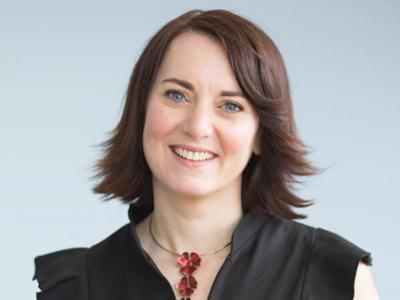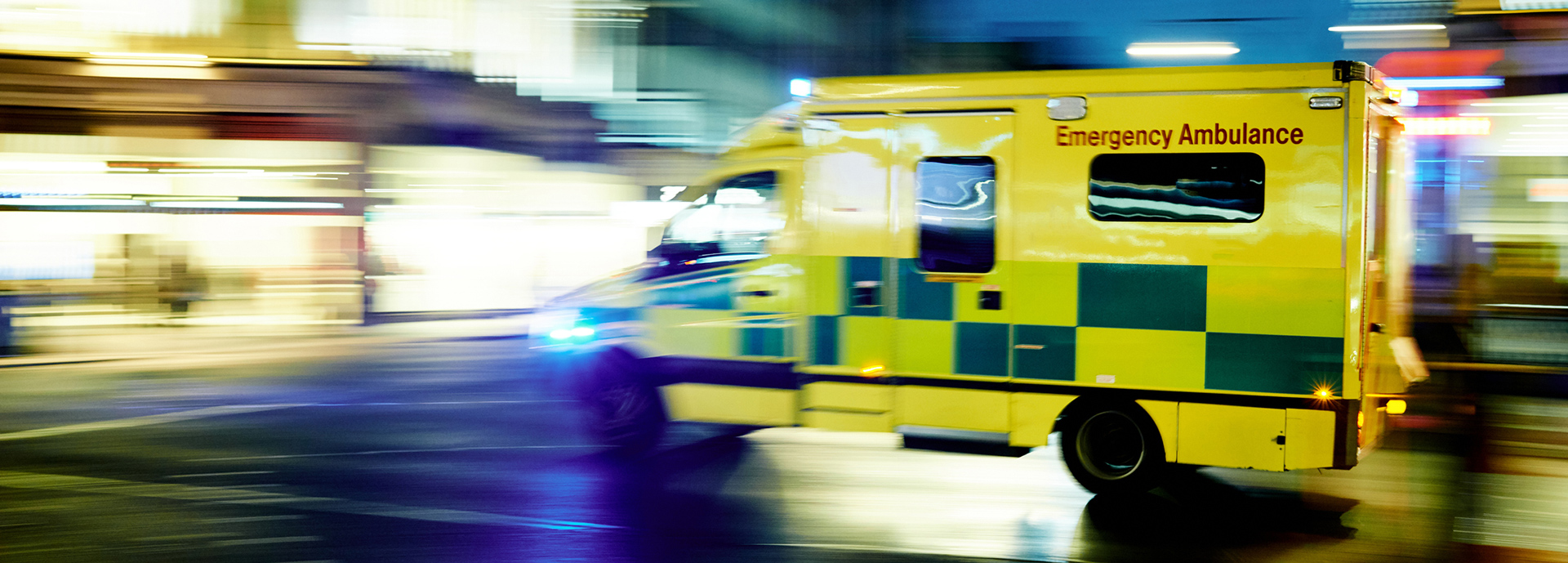Alcohol burden on ambulance service in Scotland three times higher than previous estimates
Back to news
86,780 ambulance callouts were identified as alcohol-related in 2019, using a new method based on the notes taken by paramedics at the scene. This figure, an average of more than 230 call-outs every day, is more than three times higher than previously reported.
Whilst paramedics have long described a heavy burden of alcohol on the Scottish ambulance service, this is the first study to accurately quantify that burden in a robust way that can be routinely monitored. Ambulance services often represent a patient’s first – and sometimes only – contact with health services for a particular alcohol-related issue.
In new research led by Francesco Manca and Professor Jim Lewsey at the University of Glasgow and published in the International Journal of Environmental Research and Public Health, researchers reveal a new approach to accurately determine how many ambulance callouts are alcohol-related. The work was part of a study led by Professor Niamh Fitzgerald at the University of Stirling, and was also co-authored by colleagues at the University of Sheffield and the Scottish Ambulance Service (SAS).

Professor Niamh Fitzgerald
Using data from SAS, the team of researchers were able to build a highly accurate algorithm that searched paramedic notes in patient records for references to alcohol. Applying this automated method to records from 2019, they found that one in six ambulance callouts (16.2%) was alcohol-related. This rose to over one in four (28.2%) at weekend nighttimes (6pm to 6am).
The algorithm showed that age was an important factor – with alcohol being related to approximately a quarter of callouts for those aged under 40 years old, but less than 7% in those aged 70 years old and above. Socio-economic deprivation was also found to be a factor. For callouts to addresses in the most deprived areas, 20% were deemed to be alcohol-related, while for callouts in the least deprived areas, 10% were alcohol-related.
The algorithm was found to perform very well (99% accuracy) in identifying callouts from notes when compared to the professional judgement of an experienced paramedic who reviewed complete patient records. This method also has the advantage over previous methods of being easy for SAS to apply routinely to monitor alcohol-related callouts over time. Prior methods resulted in either large underestimates or used reports from staff surveys which could not be tested for accuracy or routinely carried out.
Professor Niamh Fitzgerald, Professor of Alcohol Policy and Director of the Institute for Social Marketing and Health at the University of Stirling is Principal Investigator for the overall study evaluating the impact of minimum unit pricing of alcohol on alcohol-related ambulance callouts in Scotland. Professor Fitzgerald added:
“As we emerge from the COVID-19 pandemic, we all want to protect NHS services for when they are most needed. It is timely therefore to consider whether it is acceptable that over 230 ambulance callouts every day are linked to alcohol when we have policy solutions that can reduce this burden. We are also conducting further research to understand what types of callouts and drinking locations give rise to these figures and how they are experienced by paramedics.”
Professor Jim Lewsey, Professor of Medical Statistics, of the University of Glasgow’s Institute of Health and Wellbeing, said: “We have shown that there is a high burden of alcohol on ambulance callouts in Scotland. This is particularly true at weekends, for callouts involving younger people and for callouts to addresses in areas with high levels of socio-economic deprivation. These data can be used to monitor trends over time and inform alcohol policy decision making both at local and national levels. Further, our methodological approach can be applied to other contexts for determining the burden of other factors to the ambulance service.”
Based on the average cost of an ambulance callout in 2019, researchers estimate the total cost of alcohol-related callouts at approximately £31.5 million, though the exact figure would depend on the complexity of alcohol-related call outs, compared with non-alcohol-related call outs. Importantly, this analysis did not examine how many alcohol-related callouts arose from drinking in homes or licensed premises.
The study, ‘Estimating the burden of alcohol on ambulance callouts through development and validation of an algorithm using electronic patient records’ is published in the International Journal of Environmental Research and Public Health. The work was funded by the Scottish Government Chief Scientist Office.
Background information
This work was conducted as part of a wider study ‘IMPAACT’: Evaluating the impact of minimum pricing of alcohol on ambulance callouts in Scotland led by the University of Stirling, with the Universities of Glasgow and Sheffield and the Scottish Ambulance Service. The IMPAACT study will examine whether there was any change in alcohol-related ambulance call-outs after the introduction of minimum unit pricing for alcohol in Scotland. It is also exploring in-depth the experiences of paramedics in responding to and managing alcohol-related callouts, including the circumstances and types of issue that lead to such calls. The study is funded by the Scottish Government Chief Scientist Office (HIPS 18/57).

